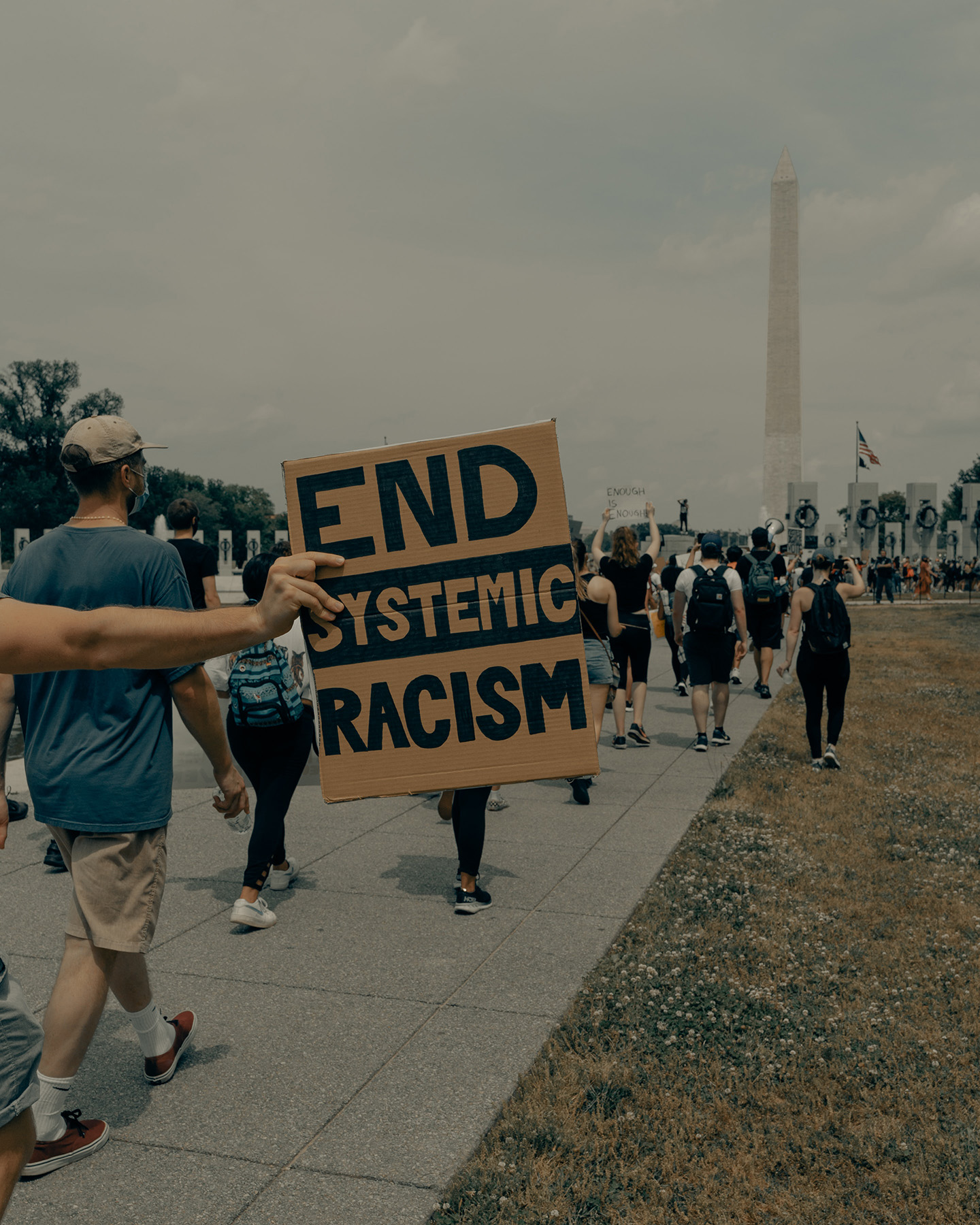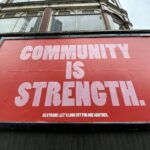Whenever there is pain in America, Black people and other People of Color get a larger slice of it. We are in a period where our government seems committed to reducing resources for those in need in order to make them more available to the wealthy. The headlines scream of the many pain points in all dimensions of life – employment, inflation, services for those in need, international relief and coalition building. Each of these pain points traditionally impact Black people and other people of color more.
Given that reality, the only way to celebrate Black History Month is to learn and to act for racial equity and justice. This week’s post reflects on those themes: learning and action.
It’s easy for some white people to opt out of learning Black History. The attempted roll back of DEI is an effort to return to white control and end discomfort around slavery and its subsequent consequences.
For others, there is a desire to learn and understand how the past inequities haunt us today. Discerning what action to take, then taking it, is more challenging.
The opportunities to learn about and celebrate the contributions of Black people and other people of color remain abundant. Columnist Candace Buckner wrote in the recent February 8th Washington Post article about the National Football League’s decision to change an end zone sign used since 2021 that stated “End Racism” with a new sign “Choose Love”. Buckner wonders if “(t)he fight against racism no longer serves the NFL.”
The Washington Post also featured a story about What Black History Month Feels Like for Black Parents This Year and a reparations plan for victims of the 1921 race massacre in Tulsa. Despite the current political climate, there are Reparations Commissions at work in 22 localities across America.
My home community of Greenbelt has a citizen-mandated Reparations Commission at work and offers a robust Black History Month program annually. Studying the findings of any Reparations Commission can lead to action in pursuit of reparations and their advancement.
The Washington Post Letters to the Editor section (2/9/25) declares “The Antidote to Trump Despair is action.” And offers “Here’s where to start.” Short letters included one from a discouraged retired social studies teacher who found the Trump inauguration and chaos invigorated her to get more involved and to “demand better from our elected representatives”. One reader begins each Monday taking groceries to a community ministry program; another takes action around environmental issues. A “Black American activist of over five decades” schedules monthly community meetings at his local library in Annapolis MD to “…brainstorm strategic ideas to survive and develop in the Trump 2.0 regime.”
A member of our Church congregation bought a box of “red cards” which describe legal rights around immigration. The Immigrant Legal Resource Center (ILRC) developed these cards to help people assert their rights and defend themselves in many situations, such as when ICE agents go to a home.” Our friend gave them to anyone who wanted to distribute to immigrants and people in contact with immigrants in our community to protect against hostile and illegal actions by ICE and other law enforcement agencies.
My commitment to learning and action includes deepening my understanding of structural racism and the white privilege that reinforces racism. I write regularly about racial justice, participate in our local Reparations Commission, and co-facilitate a monthly Racial Justice Conversation learning community. We share what we are learning, and what actions we are taking or considering to fight against racism.
If you’d like to join this month’s Racial Justice Conversation, it’s tomorrow, Wed. Feb 19 at 5pm eastern time on zoom. Email me at tom@thadams.com and I will send you the zoom link.
There will continue to be many opportunities for learning and action as this year unfolds. Consider what is yours to do.




0 Comments